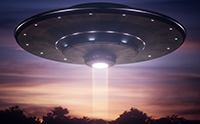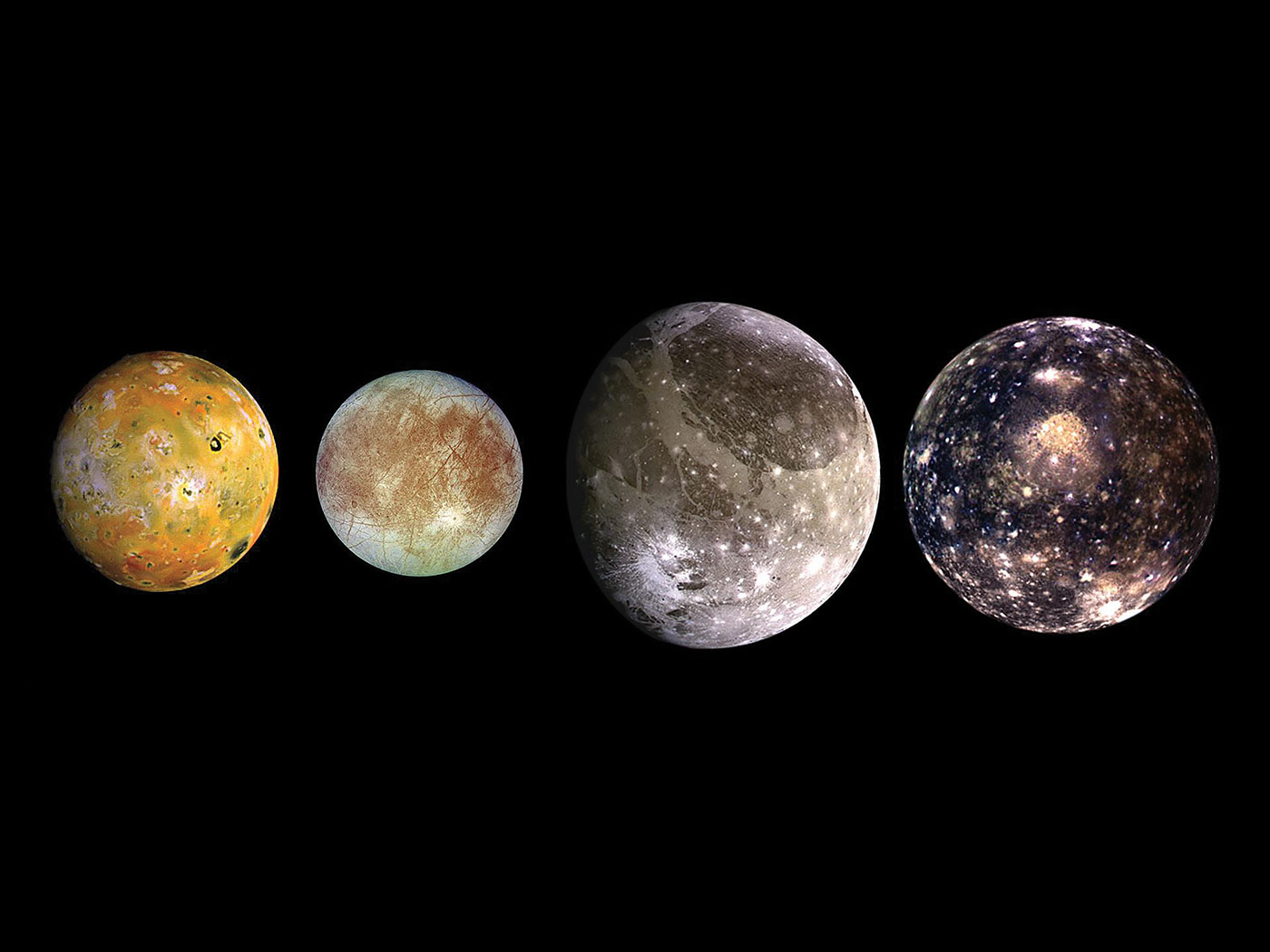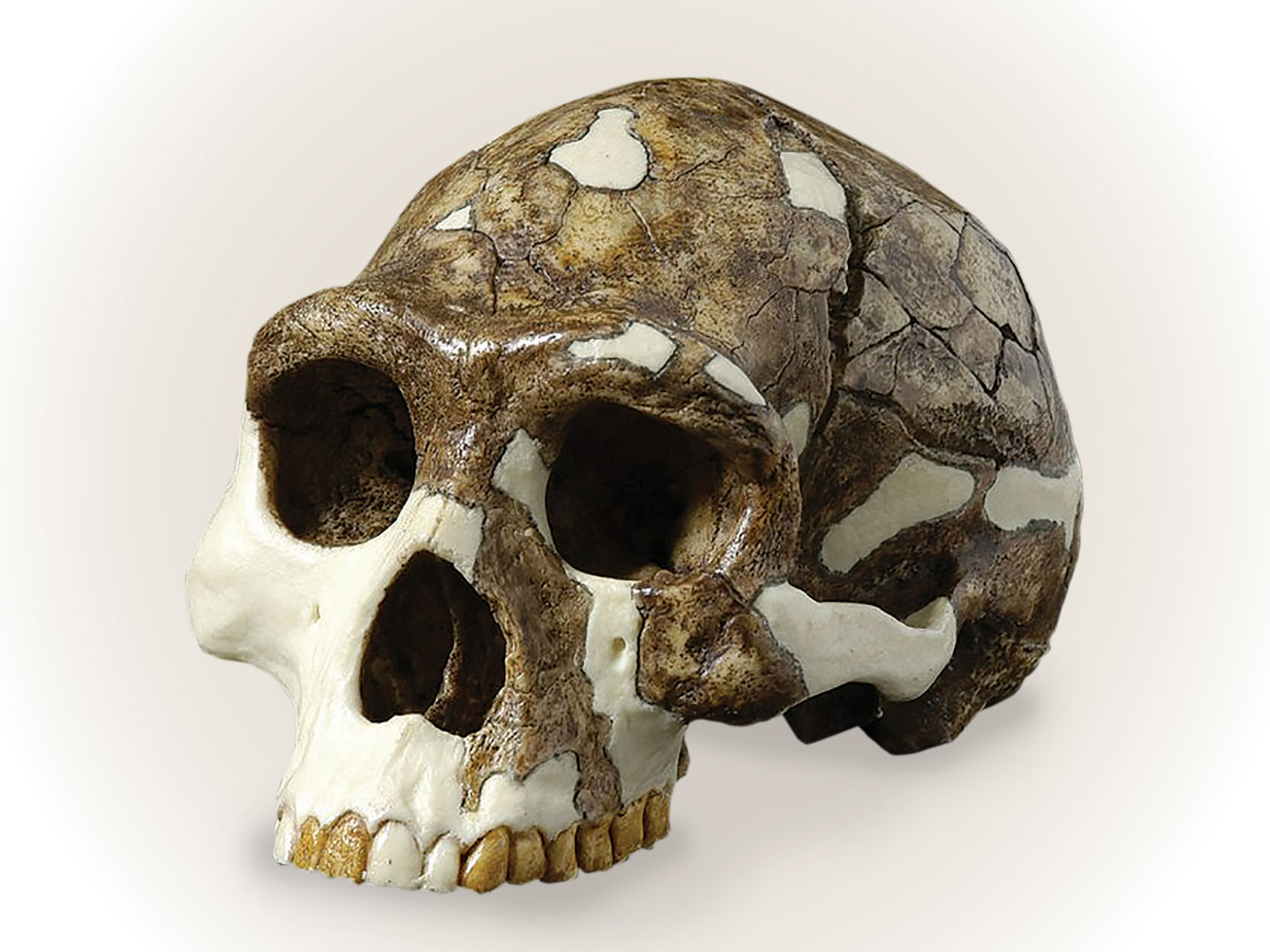The famous 1831-36 voyage of His Majesty's Ship (HMS) Beagle, with Charles Darwin on board as naturalist, was a voyage in service of the Creator. Its primary purpose was to survey the coast of lower South America. In helping secure the safety of British shipping, the survey fulfilled the Cultural Mandate of Genesis 1:28 to subdue and rule the earth. Even Darwin's observations added to man's knowledge of the natural resources in those lands.
Another goal of the Captain, Robert Fitzroy, was to return three natives to Tierra del Fuego at the tip of South America. Darwin wrote, "To settle these natives in their own country, was one chief inducement to Captain Fitzroy to undertake our present voyage" (1: 222). With the natives was the Rev. Richard Matthews of the Anglican Church Mission Society. Matthews hoped to establish a mission to the Fuegians in obedience to the Great Commission of Matthew 28:19-20. While this initial effort was rebuffed, it inspired later, fruitful outreach to the Fuegians.
Fulfilling the Cultural Mandate
The Beagle successfully completed its detailed survey of the coastal lands and waters. The work was carried on through difficult weather, sickness, and even death. Once the Beagle was beached for hull repairs. Another time the crew, including Darwin, took up arms to help the local police preserve order in Montevideo. Usually while the crew was surveying, Darwin was on shore recording observations and collecting specimens which he preserved and sent to England.
After three and a half years of surveying, ending in the Galapagos Islands, the Beagle proceeded around the world. Ports of call included Tahiti, New Zealand, Australia, and South Africa. On arriving in England, Fitzroy was honored with a gold medal by the Royal Geographical Society and officially thanked by Parliament. Popular accounts of the voyage were written by both Fitzroy and Darwin and published as sister volumes in 1839. Neither mentioned evolution, though there were hints of the controversy to come.
Obeying the Great Commission
In an effort to recover a stolen boat on his prior voyage, Fitzroy took several hostages. Four were taken to England. Fitzroy explained,
When about to depart the Fuegian coast, I decided to keep these four natives on board, for they appeared to be quite cheerful and contented with their situation; and I thought that many good effects might be the consequence of their living a short time in England. . . . I shall procure for these people a suitable education, and, after two or three years, shall send or take them back to their country (2: 54).
The sailors renamed them Boat Memory, York Minster, Fuegia Basket, and Jemmy Button. Though all were vaccinated, Boat Memory died of small pox. Fitzroy arranged for the other three to live at a school in Walthamstow, near London, under Rev. William Wilson and his wife. They were taught English, Christianity, and agriculture. They appeared before the King and Queen, who gave Fuegia one of her bonnets, a ring from her finger, and gifts for a dowry.
The Admiralty allowed Fitzroy to return the Fuegians and a missionary to Tierra del Fuego. The Walthamstow church gave supplies and the Beagle's coxswain, James Bennett, would oversee the Fuegians as he had done before. The young catechist, Richard Matthews, would teach the Fuegians and study their language during the year voyage.
On the Beagle, Darwin had his first contact with the Fuegians. Jemmy Button was his favorite. "[Jemmy] was merry and often laughed, and was remarkably sympathetic with any one in pain: when the water was rough, I was often a little sea-sick, and he used to come to me and say in a plaintive voice, `Poor, poor fellow!'" Darwin noted the Fuegians aptitude for foreign languages and their excellent eyesight. "Both York and Jemmy were much superior to any sailor on board: several times they have declared what some distant object has been, and though doubted by everyone, they have proved right, when it has been examined through a telescope" (1: 222-3).
After a terrible storm the ship reached Jemmy's tribal area in January 1833. The scenery was breath taking, but Darwin was also awed by the condition of the local Fuegians:
These were the most abject and miserable creatures I anywhere beheld . . . These poor wretches were stunted in their growth, their hideous faces bedaubed with white paint, their skins filthy and greasy, their hair entangled, their voices discordant, and their gestures violent (1: 228).
The first site of their unclothed kinsmen also shocked the three Fuegians onboard. However, Lt. Hamond lamented: "What a pity such fine fellows should be left in such a barbarous state!" (2: 92). Another officer concerned for the Fuegians was Lt. B. J. Sulivan, known for reading a Psalm each day. Sulivan, who later became admiral of the Navy, remained a faithful supporter of the Fuegian mission efforts.
A good site for a mission station was found at Woollya, a protected bay with surrounding land suitable for gardens and pasture. The crew labored building three log huts, unloading the supplies from Walthamstow, and planting two gardens. Constant vigilance was needed to prevent theft. When everything appeared in order, the Beagle left for ten days of surveying.
On the return to Woollya, the Beagle passed natives wearing pieces of linen and tartan cloth. They found Matthews alive but distraught. In the words of Darwin,
Matthews gave so bad an account of the conduct of the Fuegians, that Captain Fitzroy determined to take him back to the Beagle; and ultimately he was left at New Zealand, where his brother was a missionary. From the time of our leaving, a regular system of plunder commenced . . . Night and day [Matthews] was surrounded by the natives, who tried to tire him out by making an incessant noise close to his head . . . I think we arrived just in time to save his life (1: 241).
Matthews agreed he should leave, but Jemmy, York, and Fuegia wanted to stay. After eight days away, Fitzroy returned to check on them. The garden, though trampled, was beginning to grow. Jemmy told of more stealing, but otherwise they were unharmed. Fitzroy wrote,
I hoped that through their means our motives in taking them to England would become understood and appreciated among their associates, and that a future visit might find them so favourably disposed towards us, that Matthews might then undertake, with a far better prospect of success, that enterprise which circumstances had obliged him to defer, though not to abandon altogether (2: 103).
About a year later, on March 5, 1834, the Beagle returned one last time to Woollya. The place was deserted. A canoe approached and one of the men was seen washing paint off his face. Darwin wrote,
This man was poor Jemmy,—now a thin, haggard savage, with long disordered hair, and naked, except a bit of blanket around his waist. . . . We had left him plump, fat, clean, and well dressed; I never saw so complete and grievous a change (1: 244).
Darwin goes on to describe this last contact with Jemmy,
As soon, however, as he was clothed, . . . he dined with Captain Fitzroy, and ate his dinner as tidily as formerly. He told us that he had "too much" (meaning enough) to eat, that he was not cold, that his relations were very good people, and that he did not wish to go back to England: in the evening we found out the cause of this great change in Jemmy's feelings, in the arrival of his young and nice-looking wife. With his usual good feeling, he brought two beautiful otter-skins for two of his best friends, and some spear-heads and arrows made with his own hands for the Captain. . . . When Jemmy reached the shore, he lighted a signal fire, and the smoke curled up, bidding us a last and long farewell, as the ship stood her course into the open sea (1: 244-5).
There would be more failures and martyrdom before a mission station was established in Jemmy's land about thirty years later. However, Fitzroy and Darwin, saw the fruit of missionary work in Tahiti and New Zealand. Darwin wrote his sister, Caroline, that thanks to the missionaries, they could "`walk with as much safety as in England,' surrounded by tribes who `were the most ferocious savages probably on the face of the earth'" (3: 176). In his book, Darwin wrote,
The march of improvement, consequent on the introduction of Christianity throughout the South Sea, probably stands by itself in the records of history. It is the more striking when we remember that only sixty years since, Cook, whose excellent judgement none will dispute, could foresee no prospect of a change (1: 532).
The Voyage and Evolution
While in South Africa, Fitzroy and Darwin collaborated on an article defending missionary work among native peoples. However, three years after the voyage, different worldviews were evident in their accounts of the voyage. Fitzroy, perhaps anticipating where Darwin was headed, ended his account by urging belief in the literal truth of the Bible. He stressed that all men were related, originating from Asia Minor. He defended six-day creation and the worldwide Flood as consistent with geology (2: 176-9). Darwin's account included several favorable references to Charles Lyell's book, Principles of Geology: Being an Attempt to Explain the Former Changes of the Earth's Surface by Reference to Causes Now in Operation (1: 95, 132, 188, 346, 363, 494). On the voyage Darwin read this lengthy book opposed to recent creation and a worldwide Flood.
About the Galapagos finches, Darwin wrote, "Seeing this gradation and diversity of structure in one small, intimately related group of birds, one might really fancy that from an original paucity of birds in this archipelago, one species had been taken and modified for different ends" (1: 402). But the birds remained birds. Darwin did not propose a theory of evolution, but concluded,
. . . as the traveler stays but a short time in each place, his descriptions must generally consist of mere sketches, instead of detailed observations. Hence arises, as I have found to my cost, a constant tendency to fill up the wide gaps of knowledge, by inaccurate and superficial hypotheses (1: 532-3).
By 1859 Darwin set aside such precautions. He began The Origin of Species:
When on board H.M.S. Beagle, as naturalist, I was much struck with certain facts in the distribution of the organic beings inhabiting South America, and in the geological relations of the present to the past inhabitants of that continent. These facts, as will be seen in the later chapters of this volume, seemed to throw some light on the origin of species . . . (4: 6).
It was ironic that the voyage of the Beagle was used for the theory of evolution. The Beagle's crew, like many in nineteenth century England, held the Biblical worldview. On the voyage they conducted worship each Lord's Day, and God gave them success. Through difficulties they completed the coastal survey, while Darwin observed the plants and animals. They assisted the first missionary effort in Tierra del Fuego and made famous the voyage of the Beagle.
Sources: The references, such as (1: 222), indicate the source, 1 (below), and the page, 222.
- Charles Darwin, The Voyage of the Beagle, Harvard Classics 29, New York:
P. F. Collier & Son, 1909 [1839]. - H. E. L. Mellersh, Fitzroy of the Beagle, Mason & Lipscomb, 1968.
- Adrian Desmond & James Moore, Darwin, New York, Warner Books, 1991.
- Charles Darwin, On the Origin of Species by Means of Natural Selection, Great Books of the Western World, 49, Chicago: Encyclopedia Britannica, 1952 [1859].
*Mr. Louis Lavallee (M.S., M.Div.) is an environmental engineer in Mississippi.


















